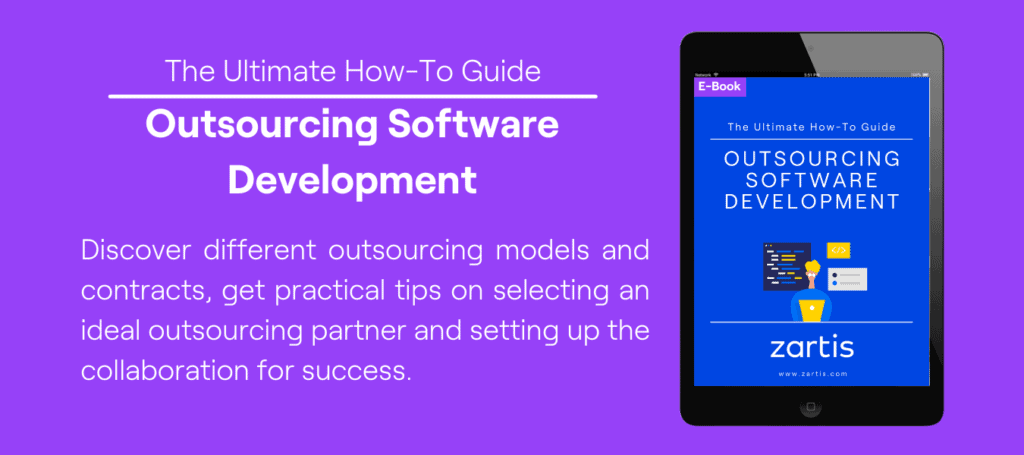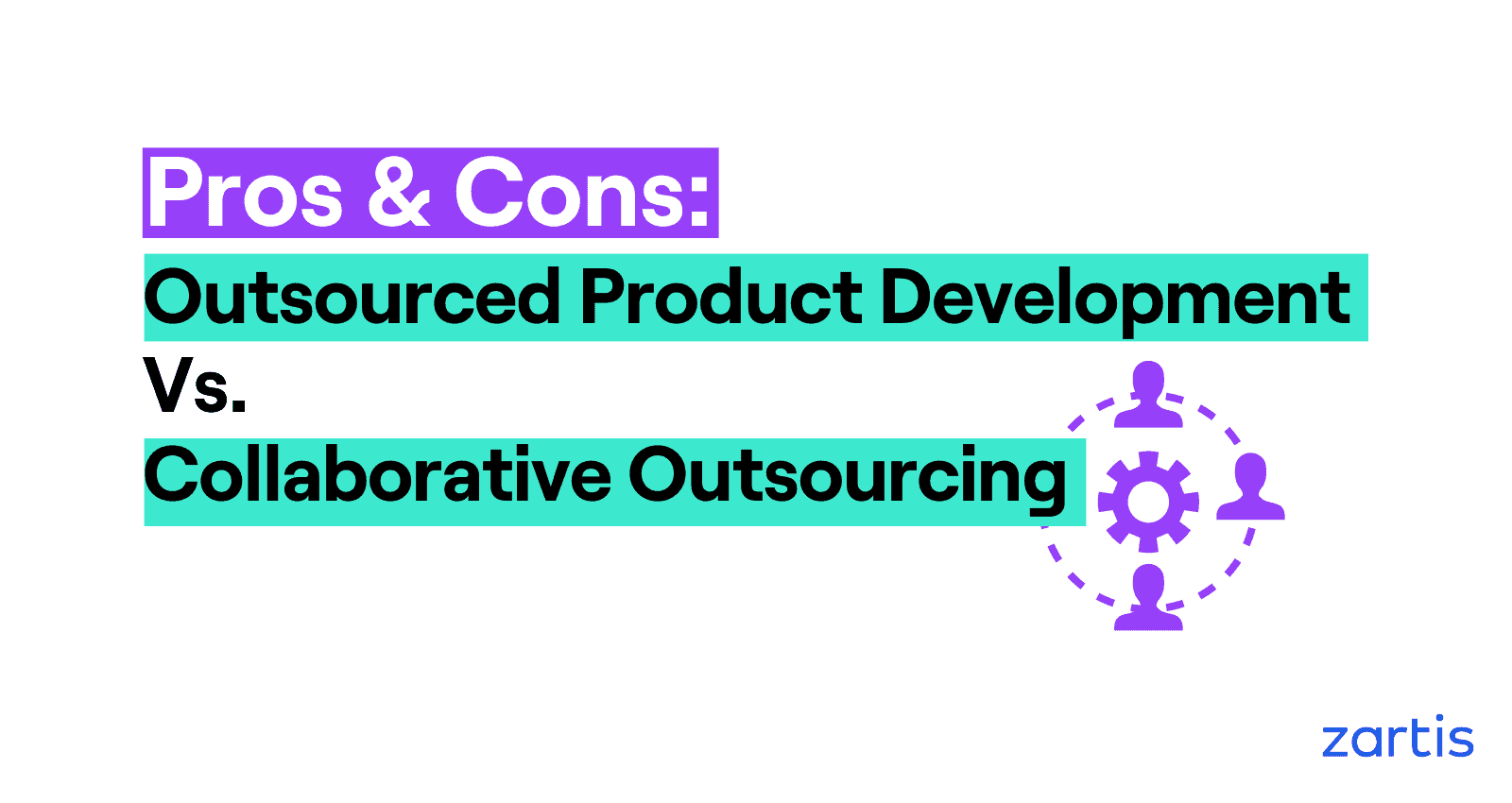Whether you opt for outsourced product development or collaborative outsourcing, as a business owner, you should seriously consider some form of outsourcing when creating new digital products.
Outsourcing is one of the key drivers of innovation. And COVID-19 or not, the speed of innovation worldwide is not showing signs of slowing down any time soon.
Just take a look at KPMG’s Benchmarking Innovation Impact 2020 report. 56% of the respondents across several industries said they expected their company’s overall innovation investment to grow from 2019 to 2020. Only a meager 7% expected it to decrease.
But there’s more. According to the same study, tech companies devote an impressive 29% of their time or resources to transformational — as opposed to merely incremental — innovation.
Among other things, that means you may need to step up your innovation game to keep ahead of the competition. Software development outsourcing is one of the most effective tactics to achieve that.
What Types of Software Outsourcing Are There?
Outsourcing strategies can be categorized in several ways.
They can be classified as nearshoring, offshoring, or onshoring, depending on the location of the outsourcing partner and the remote software developers.
Alternatively, we can identify different outsourcing types based on the processes that are contracted out. Generally speaking, in software outsourcing, companies outsource the development process itself, whereas outsourcing innovation management involves the contracting out of product idea generation, research, and strategy development as well.
Another way to break down development outsourcing into subcategories is by looking at how much work is being outsourced. This is where outsourced product development and collaborative outsourcing come in.
What Is Outsourced Product Development?
Outsourced product development is the outsourcing of the complete software development life cycle, from planning and design to building, testing, and deployment.
This can be a very cost-effective solution and something you should definitely consider if you’re working on a tight budget. By outsourcing the entire process to a third-party provider, you can benefit from considerable cost savings due to not having to hire a dedicated in-house product team.
Outsourced product development may contribute to time savings, too, especially if you are developing a relatively simple product. These outsourcing arrangements typically come with fixed delivery timelines and product milestones, allowing for a more predictable time to market.
Last but not least, this outsourcing strategy could also work for you if your internal team lacks the tech skills or domain knowledge for the project at hand.
What Is Collaborative Outsourcing?
Collaborative outsourcing may involve the contracting out of the entire development process or only parts of it. What differentiates it from outsourced product development is that you get to work closely with your outsourcing provider, maintaining consistent communication with the remote team and overseeing production quality throughout.
This outsourcing model typically uses extended development teams (also known as staff augmentation in the U.S.). That allows you to outsource more complex products that may be labor and time intensive while retaining complete control over the process.
By keeping a close eye on development, you can ensure the software is built to your specifications. You also get more flexibility to change directions quickly when and as needed, as well as the ability to scale your dedicated development team on demand.
One of the major advantages of collaborative outsourcing is that it enables knowledge transfer between the in-house and remote teams. This fosters a culture of continuous learning, helps enhance your internal resources, and enables the generation of innovative ideas.
Given all that, it’s no wonder collaborative outsourcing is popular with projects that prioritize quality over quantity, such as software modernization initiatives.
How Collaborative Outsourcing Works in Practice: A Zartis Case Study
For a real-life illustration of collaborative outsourcing practices, check out our Fexco case study.
Fexco is a leader in Ireland’s Fintech solutions industry and the country’s most successful privately held company. In 2016, they contracted Zartis to help them replace their legacy software and modernize the company’s tech stack.
We quickly assembled a dedicated team from our engineering hub in Spain. Among other things, the remote team:
- Created a central API
- Built a modern web application
- Migrated several of Fexco’s legacy apps from antiquated, on-premise solutions to the cloud using a microservices architecture
- And continues to work with Fexco’s in-house team since 4 years, with a growing headcount of 11 people currently.
During the entire process, our partners at Fexco have remained in constant contact with their extended developers. This allows for a smooth transition and empowers Fexco’s in-house tech teams and other stakeholders to learn the ropes of the new solutions quickly and easily.
Want to learn more about collaborative outsourcing? Be sure to download our in-depth Outsourcing Guide. It’s 100% free and packed with everything you need to know about outsourcing, extended development teams, and more.

DOWNLOAD NOW!
Advantages and Disadvantages of Outsourced Product Development and Collaborative Outsourcing
Which model would work best for you will largely depend on how you want to run your project. Does it require continuous involvement on your part, or is it something you can outsource completely?
Bear in mind that it’s usually not a good idea to outsource your core products fully, as that may compromise your in-house product expertise. As a general rule, your internal team — including your designers and project managers — should have more knowledge of the domain and the product itself. In contrast, an outsourced team brings more technical expertise to the table.
Furthermore, not having in-house knowledge of your product might devalue your company if you decide to sell it or attract investors later on. If this is the pipeline, you might want to consider a collaborative approach.
This brings us to another question. Does your internal team need to know the ins and outs of the product? Could there be issues further down the line if they don’t know how to maintain it once it’s completed? Might they benefit from learning from the remote team, or are you better off not spending time on it in-house?
Alternatively, do you need the experience and continuous input of your in-house team in the product development process? If so, collaboration may be essential.
Last but not least, consider the question of flexibility. Does the project require tweaking requirements on the go, or can you hand a more-or-less finished design to your outsourcing provider on day one? Note that changing the deliverables later may be hard or come at an extra cost if you agree on a fixed plan from the get-go.
Outsourced Product Development vs. Collaborative Outsourcing: The Final Verdict
With outsourcing, there’s no one-size-fits-all solution. Both outsourced product development and collaborative outsourcing could be a great fit for you. It all depends on the project type, your business objectives, and the specificities of the product itself.
In any case, however, you will need to partner with a software outsourcing company you can trust.
At Zartis, we specialize in assembling stellar product development teams. Our extended developers build innovative products with a fast time to market and minimal overhead costs. Oh, and did we mention that our customer service is top notch, too?
Together, we can close the technology gap between you and your competitors, putting you one step ahead.


